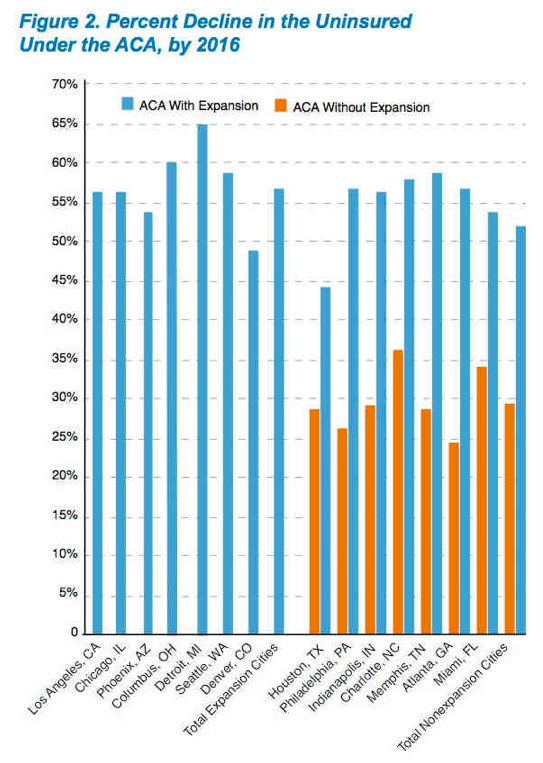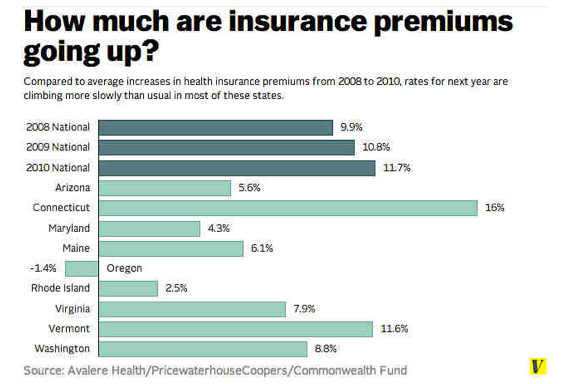 Despite what we’ve been learning about Facebook and its power to deliver “fake news”, it’s worth keeping in mind that your fellow Americans (‘Muricans) still get most of their news, fake or otherwise, from their local TV stations. That’s according to a Pew survey from last summer.
Despite what we’ve been learning about Facebook and its power to deliver “fake news”, it’s worth keeping in mind that your fellow Americans (‘Muricans) still get most of their news, fake or otherwise, from their local TV stations. That’s according to a Pew survey from last summer.
As we digest the power of “Fox and Friends” to guide White House policy, the startling ratings for the revival of “Roseanne” and hilarious-to-appalling mash-up video of Sinclair Broadcasting anchors parroting a Orwellian script from upper management, we need to remind ourselves about how basic monetization drives our rancid tribalism.
The Sinclair video, a brilliant piece of agit-prop by a guy named Tim Burke at the sports web-site Deadspin, (which would be required reading if only for Minnesota native Drew Magary), went viral in about an hour late last week. It is the sort of thing that will laser-etch itself on the reputation of every Sinclair anchor who agreed to perform it. Something so robotic, so herd-like and craven will remain a millstone on their well-coiffured heads for the remainder of their careers. (To date, I see only one Sinclair anchor, in liberal Seattle, who has dared make any criticism of her employer.)
Having spent years observing the folkways and the compromises local TV news personalities make to sustain what still are well-paying jobs, I gotta say laying their faces out there and reading a double-think script ordered by the home office doesn’t surprise me in the least. It is what they are paid to do. The local TV anchor gig is far (far) less about journalism than it is about acting out the marketing strategies of CEOs and boards of directors.
I no longer have access to the deeper internals of Nielsen ratings, but a bit like newspapers, the broad audience for your local TV news was on the decline 15 years ago and there’s no indication that has stopped. (The most reliable figure shows a 31% decline in audience for local TV news since 2007.) But even back then, local TV news was very much a demographics game, designed (scripted and performed) for the primary consumer in traditional households … thirty-something “soccer moms”, with a kind of ancillary focus on an older audience holding hard to loyalties to their favorite hometown TV “stars”.
What’s fascinated me in the past few days, with the return of “Roseanne” on ABC and Sinclair’s Trump-echoing about “false news”, is how much traditional network television — by that I mean primetime sitcoms and dramas — and the local news that bookends are becoming segmented and segregated for service to specific tribal attitudes, like just about everything else in 2018 media.
Despite the high-minded sounding rhetoric from Sinclair’s VP for news, there’s nothing remotely unbiased about the company’s mission as it buys up more and more local TV stations.
For example:
Says Olivia Nuzzi in New York magazine today: “David Smith, the executive chairman of Sinclair Broadcast Group, said he dislikes and fundamentally distrusts the print media, which he believes ‘serves no real purpose ‘. In e-mails to New York, Smith said that print — as in newspapers and magazines — is a reality-distorting tool of leftists. Print media, he said, has ‘no credibility’ and no relevance.
‘I must tell that in all the 45 plus years I have been in the media business I have never seen a single article about us that is reflective of reality especially in today’s world with the shameful political environment and generally complete lack of integrity. Facts and truth have been lost for a long time and likely to never return’, Smith said.
‘The print media is so left-wing as to be meaningless dribble which accounts for why the industry is and will fade away. Just no credibility.”
Good lord.
It would be so refreshing if Sinclair would simply step up and say, “Yeah, we’re your Trump TV group. You like Trump? Stick with us. We’ll give you news that will reassure you you’re on to something yuge and great.”
Sinclair wants to ride/exploit the Trump crest among his believers. It sees good money to be made — shareholder value — serving the preferences (ok, “biases”) of conservative viewers, in particular viewers who maintain a loyalty to traditional network programming and the traditional forms of “news”.
And folks, there’s no law against that. It is, as I like to say, The First Rule of Show Biz: “Give the People What They Want.” Or, to fine tune that a bit, “Figure out where the audience is for the story you want to tell and drag them into your tent.”
What I’d be interested in seeing today is a survey about the political leanings of the folks Sinclair is betting on — tradition-oriented entertainment and news consumers — as well as the millions of others (and counting) who have largely given up on primetime network TV and local TV news in favor of content that is both more “adult” and, as news goes, less worried about being accused of bias. I’m guessing your the audiences for network and cable (other than FoxNews) is now definably tribal.
I say this as someone who never watched entire episode of “Roseanne” in its hey day, (and I was a TV critic at the time), and hasn’t watched a primetime network show since “Lost” went off the air. For good reason Sinclair Broadcasting has no interest in me. But neither does it have any interest in all the rest of you who have migrated over to Netflix, FX, AMC, HBO, MSNBC, podcasts and the vast, burgeoning universe of alternatives to … stale, timid tradition.
Likewise, my (and I suspect a lot of your) consumption of local TV news has cratered over the past decade. Simply put, local TV news a product that has negligible value to a news consumer like me. (That is to say: Smug, cranky, aged liberal elitist.) Everything about local TV news is compromised to avoid stirring conflict from any quarter. The fact that almost no local TV newscast anywhere in the country dares assert and regularly remind viewers about the human impact on climate change is as conclusive an example as you need for the scripted, tightly coordinated insipidness of the overall product.
But … there is an audience that remains simultaneously resistant to “adult” entertainment and can be reassured by the blandness and celebrity appeal of local TV personalities. That crowd may continue to wane. (“Die off” is a more apt description.) But the bet by Sinclair as it buys up local stations and imposes highly centralized editorial content and viewpoint on them, mirrors what the networks themselves are no doubt looking to capture in the wake of “Roseanne’s” fire. Namely, cash in on Trumpist America while it is still a hardened, easily-defined tribe.
(I predict a Ted Nugent-Scott Baio sit-com in the near future).
There’s got to be at least another decade worth of good profits in giving traditional America what it wants to see.


